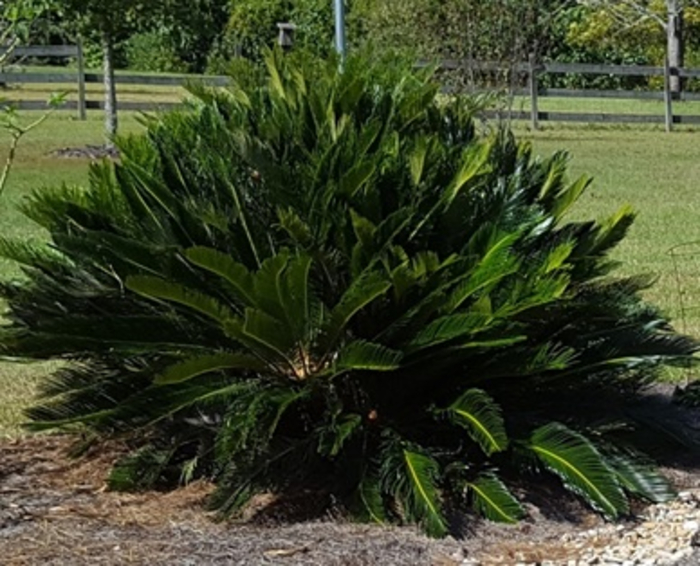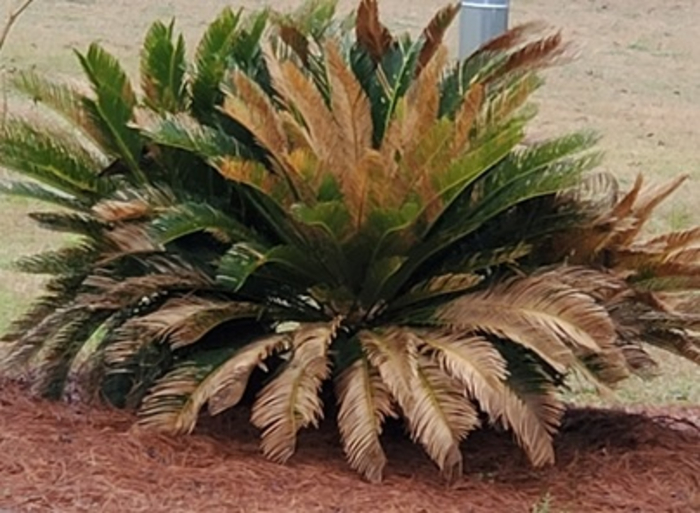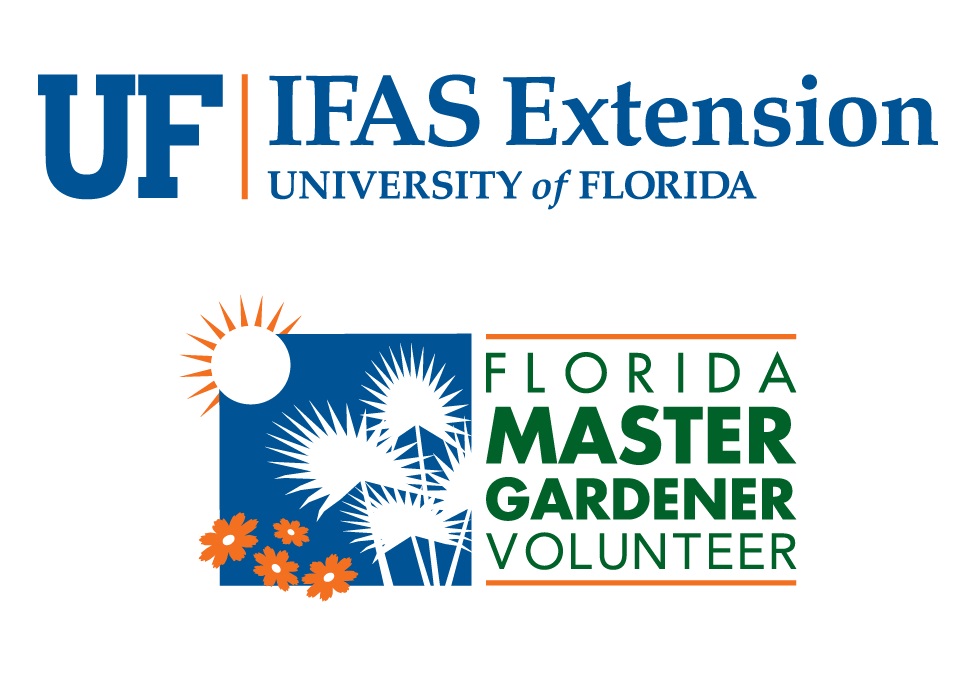Ask Master Gardener Volunteer
Michele Hackmeyer
Sago Palm (Cycas revoluta) is a common landscaping plant in our area and I have several in my yard. They are not actually palms, but members of the ancient Cycad (Cycadaceae) family. Their official USDA hardiness zones are 9 and 10 while here in Wakulla and Leon County we are in zone 8, a little colder than what this plant can tolerate.

If you have a Sago in your yard, you may have noticed some browning of the leaves this winter. Don’t Panic! While this damage can be blotchy and irregular, it is simply cold damage and this damage can be very localized in your yard. I have two sago palms separated by about 25 feet, one plant was damaged and the other was not.

The damaged leaves can be removed, but it is recommended that you wait until new growth in the center of the plant begins to appear. This is because these damaged leaves can still be photosynthesizing, providing food for the plant, as well as storing food for survival during the colder months.
However, there is another theory that heavily damaged leaves, say 90% or more, use more energy to stay alive than they contribute to the overall plant’s survival. The decision about when to remove leaves should be made on a case by case basis and also on how much you can tolerate the look of damaged leaves!
When you do decide to remove the leaves, be sure to use heavy gloves and protective clothing as the fronds can be painful to work with otherwise. You may want to remove most, if not all old leaves regardless of damage, for aesthetic purposes. Cut each frond close to the trunk. Using long-handled loppers can make this process a little easier.
Additional notes: Sagos are very slow growing evergreen plants that grow well in full sun, but can also be maintained as a house plant in a sunny spot. They can live for many years. An example of this can be found at Goodwood Plantation where one specimen is 150 years old! All parts of this plant are toxic to animals including humans with the seeds containing the highest levels of toxin.
If you have any questions or suggestions for future articles please email to wakullamg@ifas.ufl.edu
| The Institute of Food and Agricultural Sciences (IFAS) is an Equal Opportunity Institution authorized to provide research, educational information, and other services only to individuals and institutions that function with non-discrimination with respect to race, creed, color, religion, age, disability, sex, sexual orientation, marital status, national origin, political opinions, or affiliations. U.S. Department of Agriculture, Cooperative Extension Service, University of Florida, IFAS, Florida A&M University Cooperative Extension Program, and Boards of County Commissioners Cooperating |
 0
0

